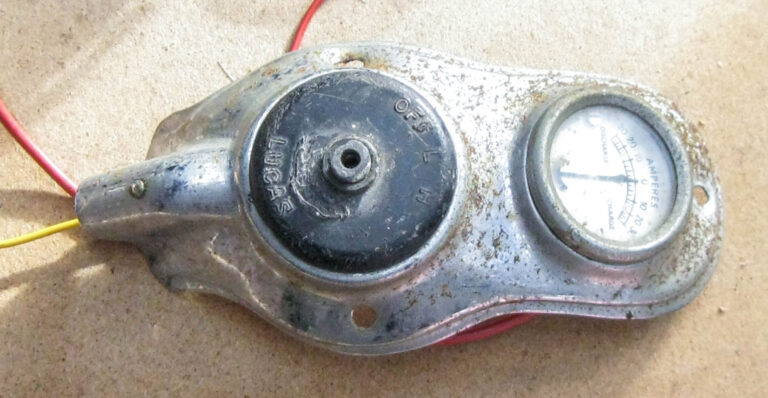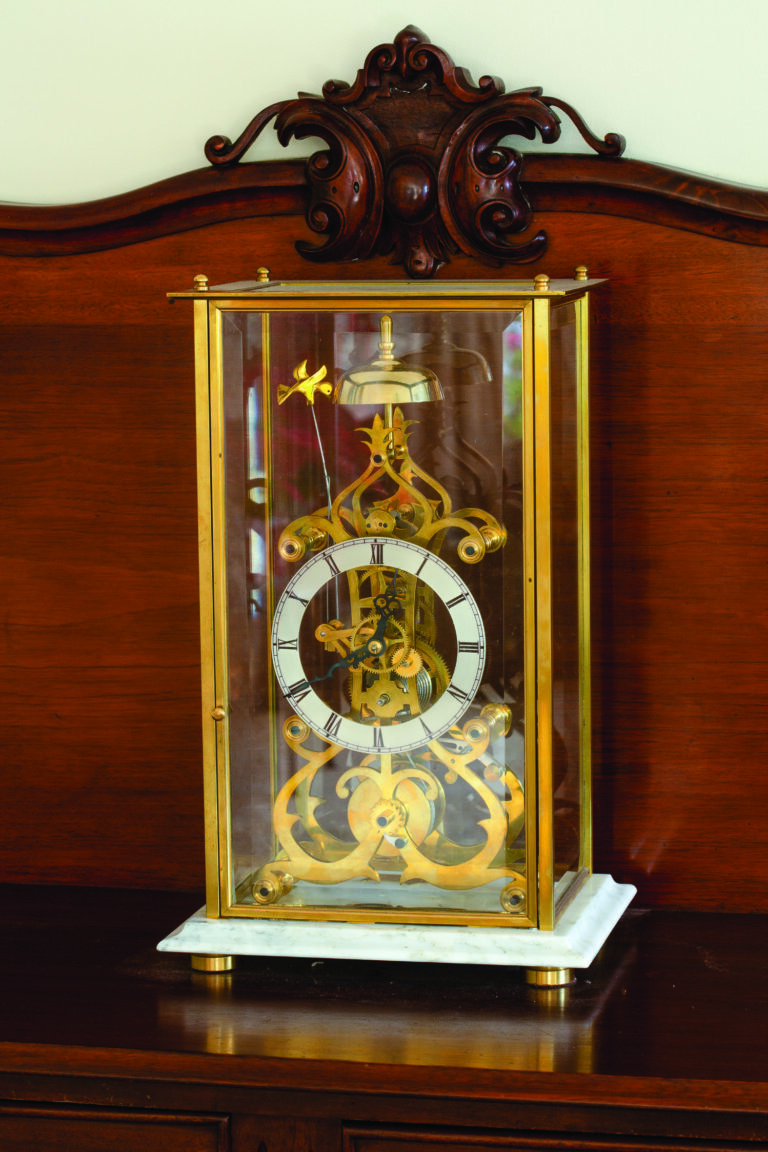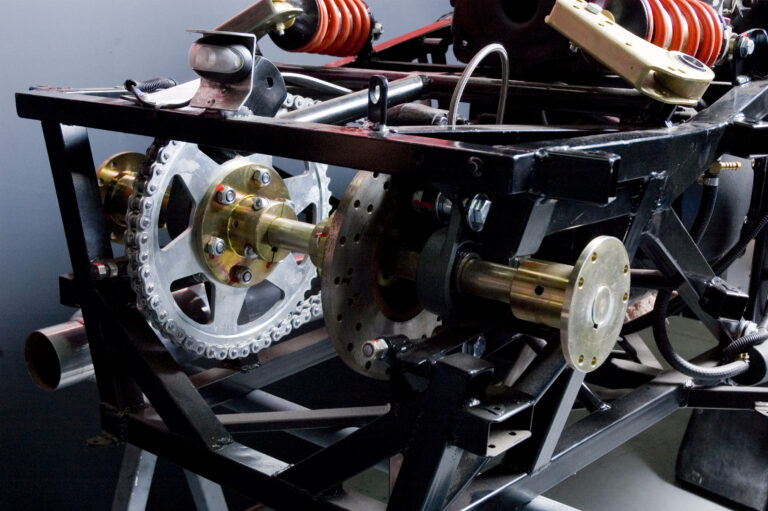If you prefer The Shed’s new uploads to its website to come to you rather than you to come and keep checking what’s new, then good news.
There is now an RSS button on the site so you can keep right up to date and never miss out on a good yarn or some great advice.
Sign up today with your favourite RSS feed application.

From Rust to Rrroaarrr video, part 5
In the first article, I wrote about nickel welding repairs to a broken cast-iron cooling fin (parts from a barbecue hot plate), magneto check, head repair, valve work and nickel plating the push rod cover tubes. The second article was mainly about how I developed nickel and copper plating, with a little bit about kick starter repair using nickel plate on a worn shaft, and grinding teeth. Third article, the start of frame painting; engine, clutch and gearbox assembly and installation, with magneto timing.
In my last article, part four of the series, I described my efforts to rebuild the bike’s dynamo (generator) by reconstructing the disintegrated commutator, rewinding the armature, replacing the bearings and then testing. Sadly, with no success.
I have achieved a little bit of progress with fixing the fuel tank and the seat, but I have not really met any targets. When I started this series, I expected that by this article, part 5, I would be writing about fixing the famous ‘Jampot’ and ‘Teledraulic’ suspensions, and at the end of part 6, I would have re-laced the wheels, having nickel-plated the spokes, rims and hubs ready for a trial ride.


